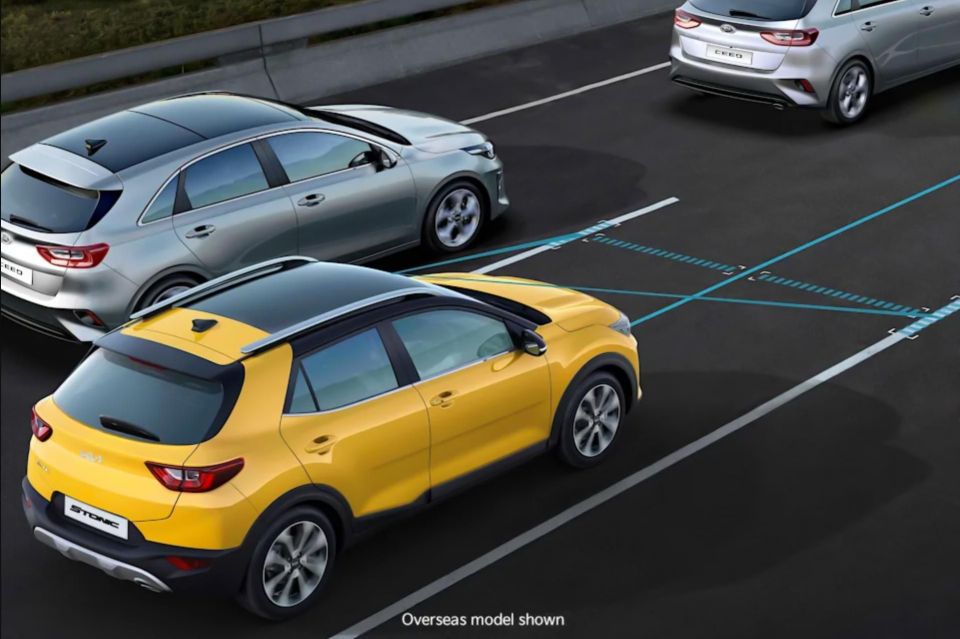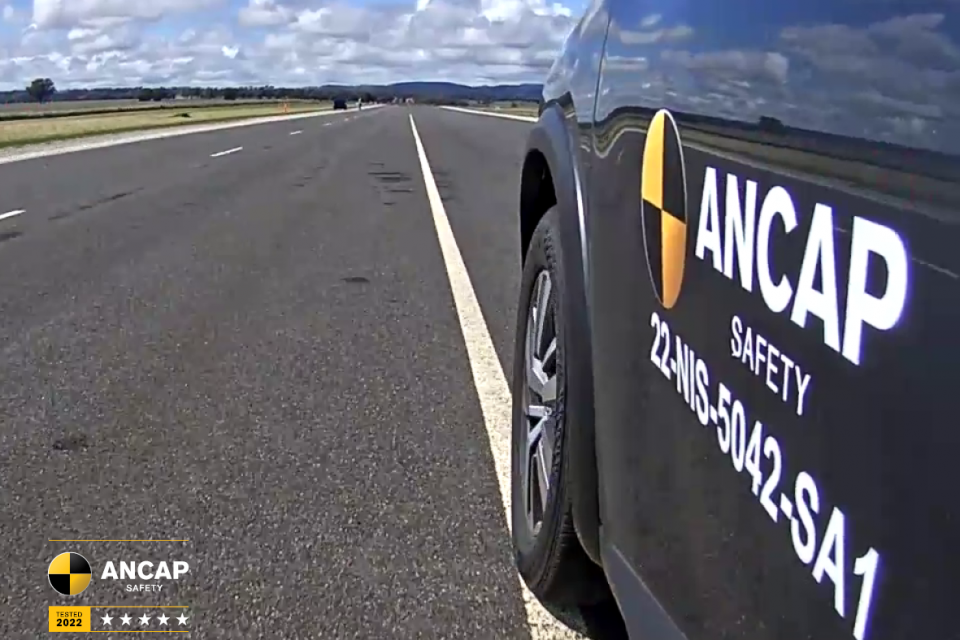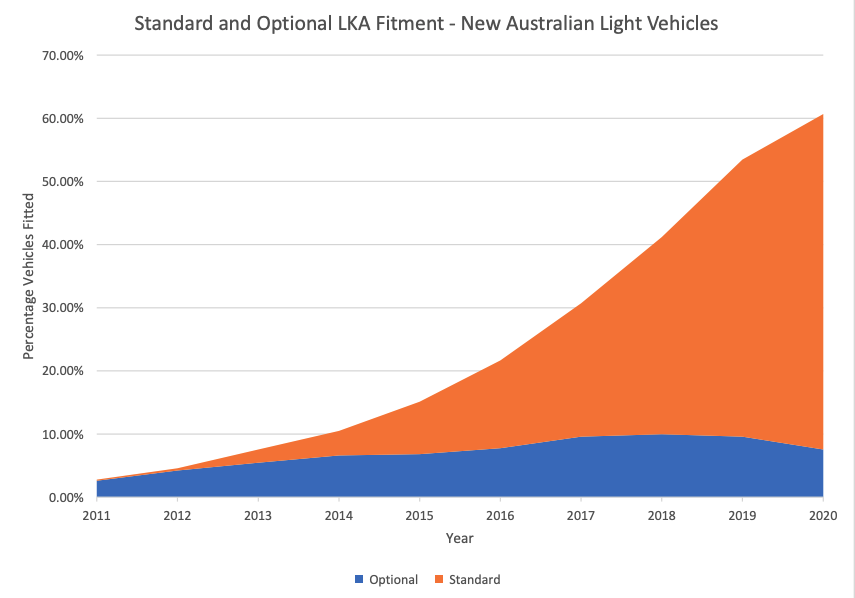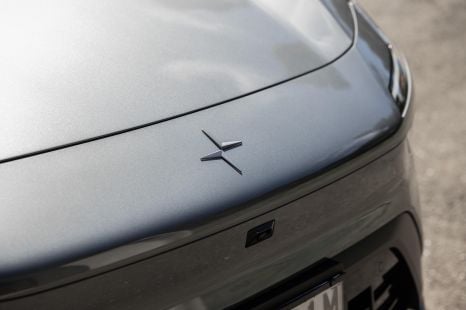

Max Davies
2026 GWM Haval Jolion review
3 Hours Ago
The Monash University Accident Research Centre says lane-keeping aids can – and do – save lives by reducing serious high-speed crashes.

Senior Contributor


Senior Contributor
Increasingly commonplace lane-keeping assist (LKA) and lane-departure warning (LDW) systems make a “statistically significant” reduction to road trauma, according to a report from a leading Australian research body.
Melbourne’s highly regarded Monash University Accident Research Centre (MUARC) found the fitment of such systems associated with an estimated 22 per cent reduction in fatal or serious injury crashes, which skew heavily to high-speed zones.
This is because unintentional lane departures at high speeds comprise an outsized proportion of serious light vehicle crashes, accounting for 42 per cent of fatal crashes and 55 per cent of the overall fatalities.

The oft-cited crash research body says its new study – pitched as an Australian-first – was designed to calculate benefits that could be derived were LKA and LDW made mandatory in all new light vehicles entering Australia.
The results show that in this hypothetical, you could expect a total casualty crash reduction in Australia of 884 incidents per year using current numbers, from which 76 would be fatal and 517 responsible for serious injury.
How and when this hypothetical scenario of full fitment of LKA to the fleet could be achieved was not part of the study’s remit, said MUARC.
“These estimates are likely conservative given not all variants of vehicle models identified as fitted with LKA in the analysis actually had the technology fitted,” MUARC added, recommending further evaluations should be made once more real-world data accumulates.

“…Technologies mitigating unintentional lane departures are very important in the Australian road safety context, particularly on high-speed rural roads,” it added.
This project was funded as contract research by the Victorian Government Department of Transport, and focused on light vehicles with a gross vehicle mass under 3.5-tonnes.
The data set comprised police-reported crash stats from Queensland, New South Wales, Victoria, South Australia and Western Australia over the years 2013 to 2019, which were found to be nationally representative.
Makes and models of vehicles recorded in the crash data were identified using a process of VIN decoding whilst the fitment of LDW and LKA were identified using vehicle specification data powered by RedBook.

Around 60 per cent of new vehicles were fitted as standard or optionally with the technology by 2020, but the overall percentage of crashed vehicles that year fitted with some sort of LKA was a tick over 12 per cent.
The process of estimating potential benefits involved the following steps:
You can read the full report here, with the detailed methodology.


Max Davies
3 Hours Ago


Damion Smy
11 Hours Ago


Damion Smy
12 Hours Ago


Damion Smy
13 Hours Ago


Damion Smy
16 Hours Ago


CarExpert.com.au
17 Hours Ago